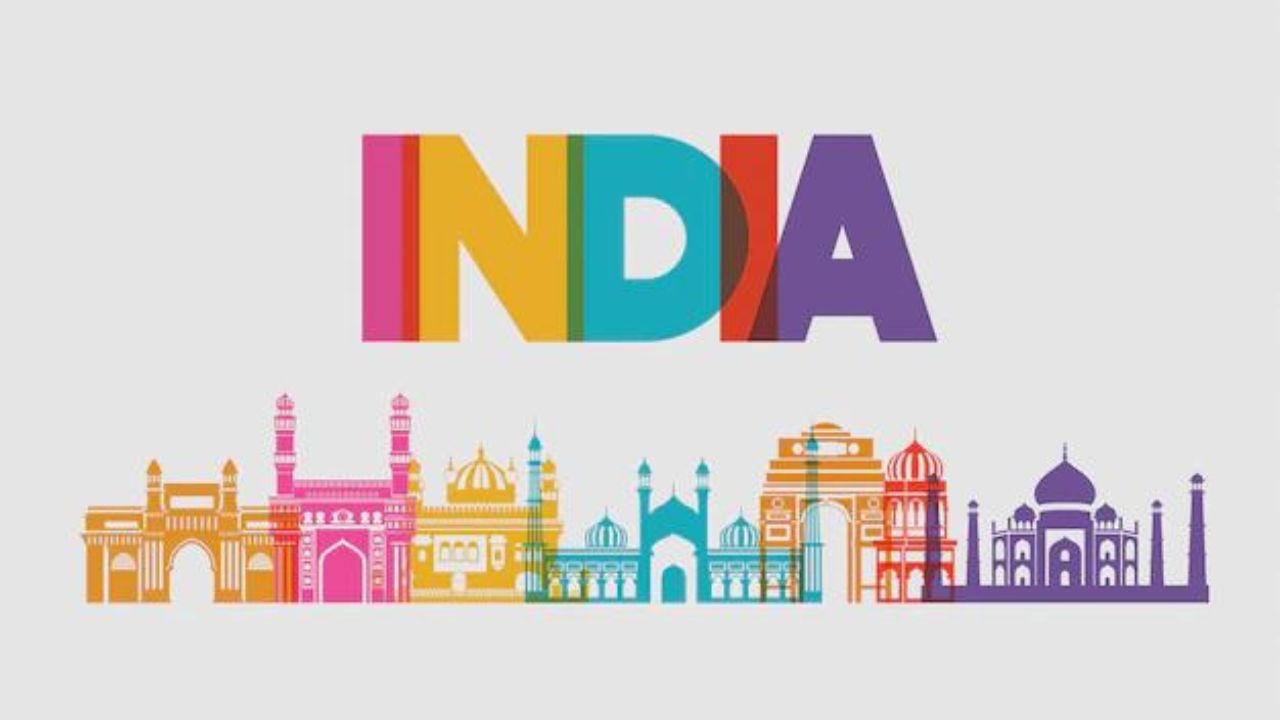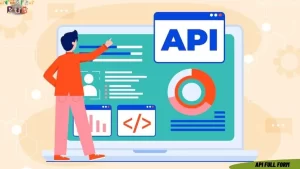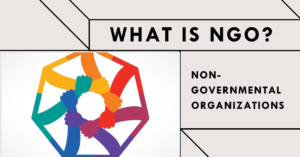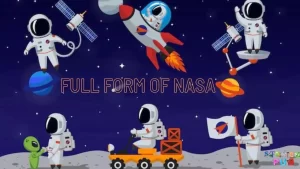INDIA Full Form | Interesting fact & Behind Story
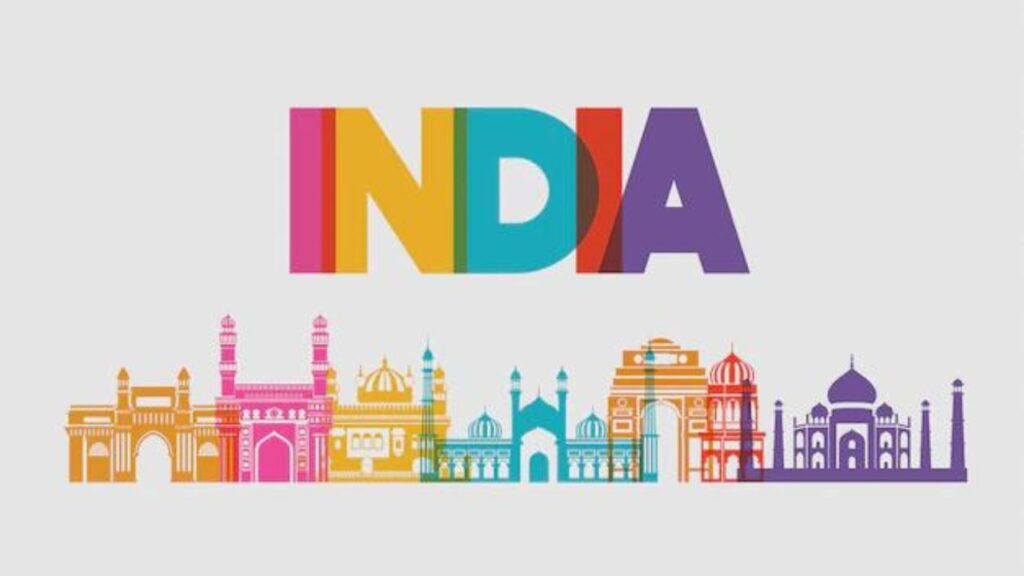
INDIA is one of the largest democracies in the world today with territory borders Pakistan, China, and Bangladesh. It is a federal constitutional republic. It is a geo-political entity spread over an area of 3,287,263 square kilometers square km, making it the second-largest country by population, and the seventh-largest country by area.
Today, India, officially the Republic of India, is a South Asian country. A land of vast plains, high-rise cities, snow-capped mountains, deserts, and ancient ports, it is the site of the Indus Valley Civilization and a region of historic trade routes and vast empires. In history when we read about the past, we find in our ancient texts that INDIA was visited by many people from around the world.
What is the meaning of INDIA?
There is no official full form of India many experts explain different full forms, but Most of them describe India’s official name of the country is the Republic of India. The word “India” comes from the Sanskrit word “Indus,” which means “river.”
How India Came Into existence?
India’s birthplace, the Indian Plate, which is now a component of the southern supercontinent Gondwana, started to move north-eastward due to seafloor spreading to its southwest and later, south and south-east, about 75 million years ago. The Indian Plate is now moving towards the Eurasian Plate at a rate of about 2.5 cm a year, as a result of the ongoing Indian-Eurasian collision.
India’s defining geological processes began with the onset of the Indian-Eurasian collision about 75 million years ago. India’s first geological period, the Palaeocene-Eocene Thermal Maximum, began about 56 million years ago.
What is the Flag of India?
The most important thing to know about the Indian flag is that it is not a red, white, and blue flag. It’s the phrase “tricolor” refers to the Indian national flag in India. The Indian national flag is a horizontal tricolor with equal proportions of deep saffron (Kesari) at the top, white in the middle, and dark green at the bottom. The flag’s width-to-length ratio is two to three.
What are the different names of India?
- Bharat.
- Aryavarta.
- Hindustan.
- Tenjiku.
- Jambudweep
- India
- Hodu
- Nabhivarsha and many more.
What are the prominent States of INDIA?
Best Places to Visit in India?
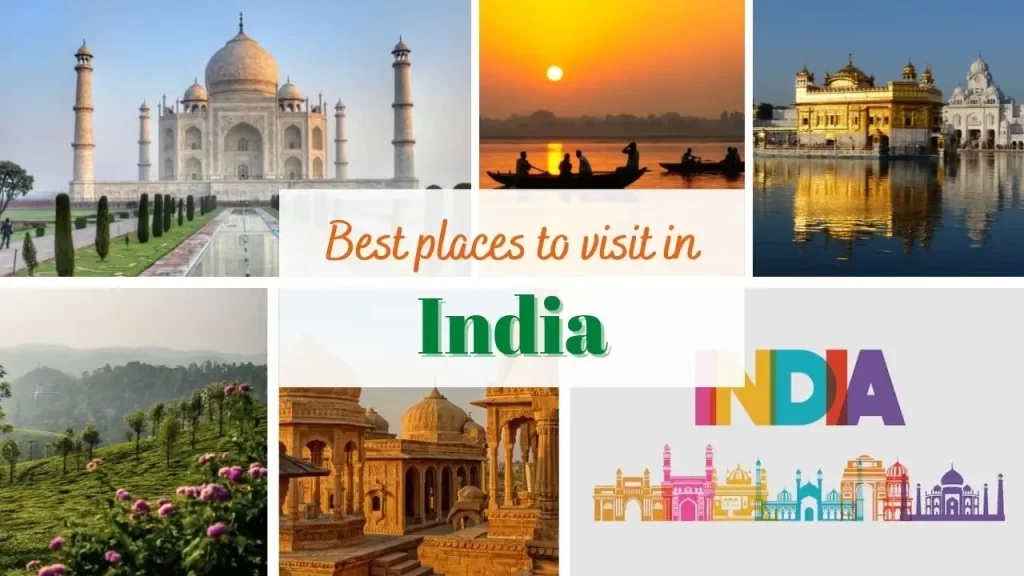
There are 28 states and 8 union territories in India, including Delhi, the nation’s capital.
- Rajasthan
- Madhya Pradesh
- Maharashtra
- Uttar Pradesh
- Gujarat
- Karnataka
- Andhra Pradesh
- Odisha
- Chhattisgarh
- Tamil Nadu
- Telangana
- Bihar
- West Bengal
- Arunachal Pradesh
- Jharkhand
- Assam
- Ladakh
- Himachal Pradesh
- Uttarakhand
- Punjab
- Haryana
- Jammu and Kashmir
- Kerala
- Meghalaya
- Manipur
- Mizoram
- Nagaland
- Tripura
- Andaman and Nicobar Islands
- Sikkim
- Goa
- Delhi
- Dadra and Nagar Haveli and Daman and Diu
- Puducherry
- Chandigarh
- Lakshadweep
Who is the current Prime Minister of INDIA As of 2022?
The Prime Minister of India (or PM) is the country’s head of government, currently held by Sri Narendra Damodardas Modi Since May 26, 2014, Modi has become the 14th and current prime minister of India. The prime minister directs the entire executive branch of the government and is the leader of the Council of Ministers.
The prime minister also appoints the members of the cabinet and, on the advice of the president of India, the governor of each state, and the lieutenant governor of each Union Territory. Narendra Modi is the current Prime Minister.
Why India Celebrates 2 Independence Days?
India has two national Independence Days: one on 15 August, which commemorates the nation’s independence from the British Empire in 1947; and another When the Indian Constitution went into effect India became a republic on January 26, 1950.
The country gained independence from Britain in 1947 after the British government announced its decision to partition India based on a plan proposed by Prime Minister Clement Attlee. In addition to creating the new nations of India and Pakistan, the partition split the province of Punjab and Bengal and placed the Indian princely states under the supervision of the union government in New Delhi.
How to celebrate Independence Day in India?
Independence Day is a day that is celebrated in every country. It is a day that symbolizes a free country, free from its colonizer. In India, On 15 August every year Independence Day is celebrated by people from all walks of life. However, in some regions, the observance of this day is not so common.
In India, Independence Day is a day of national remembrance. It is a day when people take a break from their daily work and make it a day to remember the freedom fighters who lost their lives in the fight for independence. This day is also marked by the hoisting of the National Flag and the singing of the National Anthem.
What are the major languages spoken in India?
Since about, the Indian constitution acknowledges 22 major Indian languages in what is known as “the 8th Schedule” of the Constitution, as well as several other languages, spoken in different states in India which follow.
- Hindi,
- English,
- Gujarati,
- Bengali,
- Kashmiri,
- Kannada,
- Konkani,
- Manipuri,
- Marathi,
- Malayalam,
- Odia,
- Nepali,
- Punjabi,
- Sanskrit,
- Tamil,
- Telugu,
- Assamese
- Bodo,
- Urdu,
- Sindhi,
- Santali,
- Marathi,
- Dogri
- Bhojpuri And many more.
What is the population of India?
India has the world’s second-largest population. As of 2021, India has a population of 1.417 billion, and in 2030, India’s population is expected to reach 1.515 billion.
What is the Currency of India?
The Indian rupee is the country’s currency (INR). One rupee equals 100 paise. The Indian Rupee is ₹ represented by the symbol.
India – the land of diversity
There are a lot of different things to discover about India, but there is one thing that is important to know about India – it is a country of diversity. India has many different types of food, language, festivals, and customs. For example, India has a different variety of cuisine compared to other countries.
India also has a different language compared to other countries. India also has different festivals and customs than other countries. India is known as the “country of diversity” because of its many different types of food, language, festivals, and customs.
Conclusion.
We hope you enjoyed our article about the India Full Form. We talked about the history of the country, its people, and the present day. We also talked about some interesting facts and a behind story about the country. India is a country known for its diversity and culture. India is the largest democracy in the world and is home to a population of more than 1.3 billion people.
Hey kids, how much did you like INDIA Full Form | Interesting fact & Behind Story? Please share your view in the comment box. Also, please share this story with your friends on social media so they can also enjoy it, and for more such Full form, please bookmark storiespub.com.
Suggested Article –


